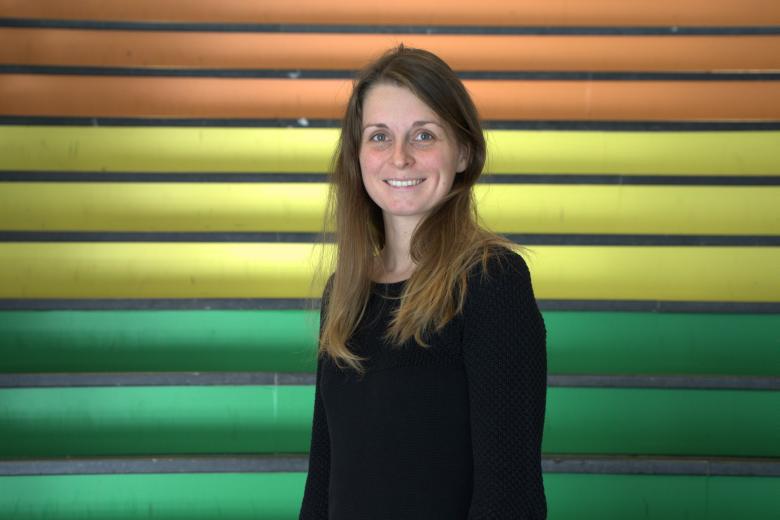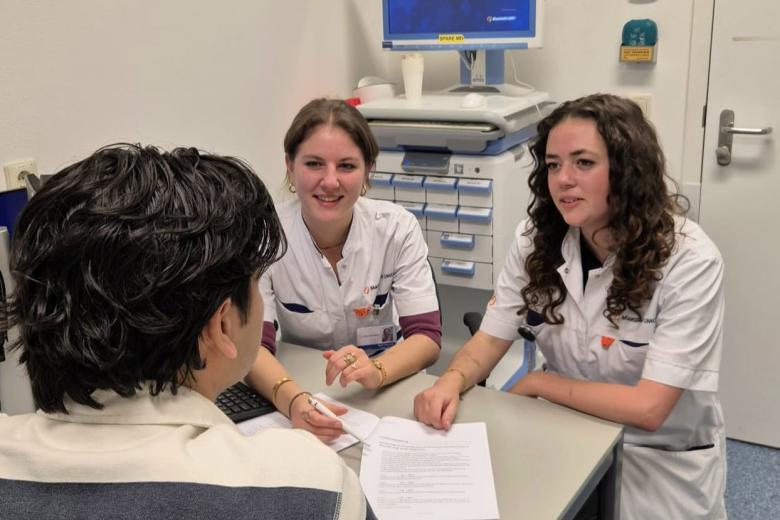Technology Foundation STW grant for cartilage repair
‘There’s no cure for osteoarthritis’, is what Wikipedia and all available textbooks say. The world famous anatomist William Hunter already said it in 1743, writing about joint diseases.
According to the consortium ‘William Hunter revisited’, led by Prof. Karperien (University of Twente), it is now time to revise this. The group of scientists and companies aims at stopping osteoarthritis and joint wear. Based on recent developments they expect it is even possible to regrow cartilage.
The ambition of the consortium is to develop a method for treating cartilage defects that is ready for clinical use. Apart from that, the partners will develop techniques for early diagnostics and monitoring of the joint’s health status.
Tim Welting and Pieter Emans from the Department of Orthopaedic Surgery will participate in two work packages (WP). In WP4 cell model / bioassays will be developed to identify catabolic and anabolic properties of joints. In this WP two PhD candidates will be appointed; one at the Department of Orthopaedic Surgery, MUMC+ and one at Radboudumc.
In WP6 tools to collect synovial fluid from patients will be developed. In this WP one PhD candidate will be appointed as well as a 0.5FTE postdoc.
Technology Foundation STW realises the transfer of knowledge between the technical sciences and users by funding excellent technical scientific research and by bringing researchers and users together in each project.
Also read
-
Macrophages as key to treating liver fibrosis
Sabine Daemen is researching how certain macrophages can slow down fatty liver disease and fibrosis in order to develop new therapies.

-
Teacher Information Points at UM
UM faculties now host Teacher Information Points (TIPs) that offer local, “just-in-time” and on-demand support for teaching staff. The aim is simple: to provide help that is closely connected to day-to-day teaching practice.

-
More than a student job: five alumni about their unique role in groundbreaking vascular research
What is it like to take part in cutting-edge vascular research as a student, standing in the operating room, directly responsible for handling patient material? Five alumni of the Maastricht MAPEX student team share what they learned, the challenges they faced, and how this experience shaped their...
